Samet Hicsonmez
WAIT: Feature Warping for Animation to Illustration video Translation using GANs
Oct 07, 2023Abstract:In this paper, we explore a new domain for video-to-video translation. Motivated by the availability of animation movies that are adopted from illustrated books for children, we aim to stylize these videos with the style of the original illustrations. Current state-of-the-art video-to-video translation models rely on having a video sequence or a single style image to stylize an input video. We introduce a new problem for video stylizing where an unordered set of images are used. This is a challenging task for two reasons: i) we do not have the advantage of temporal consistency as in video sequences; ii) it is more difficult to obtain consistent styles for video frames from a set of unordered images compared to using a single image. Most of the video-to-video translation methods are built on an image-to-image translation model, and integrate additional networks such as optical flow, or temporal predictors to capture temporal relations. These additional networks make the model training and inference complicated and slow down the process. To ensure temporal coherency in video-to-video style transfer, we propose a new generator network with feature warping layers which overcomes the limitations of the previous methods. We show the effectiveness of our method on three datasets both qualitatively and quantitatively. Code and pretrained models are available at https://github.com/giddyyupp/wait.
Improving Sketch Colorization using Adversarial Segmentation Consistency
Jan 20, 2023Abstract:We propose a new method for producing color images from sketches. Current solutions in sketch colorization either necessitate additional user instruction or are restricted to the "paired" translation strategy. We leverage semantic image segmentation from a general-purpose panoptic segmentation network to generate an additional adversarial loss function. The proposed loss function is compatible with any GAN model. Our method is not restricted to datasets with segmentation labels and can be applied to unpaired translation tasks as well. Using qualitative, and quantitative analysis, and based on a user study, we demonstrate the efficacy of our method on four distinct image datasets. On the FID metric, our model improves the baseline by up to 35 points. Our code, pretrained models, scripts to produce newly introduced datasets and corresponding sketch images are available at https://github.com/giddyyupp/AdvSegLoss.
HoughNet: Integrating near and long-range evidence for visual detection
Apr 14, 2021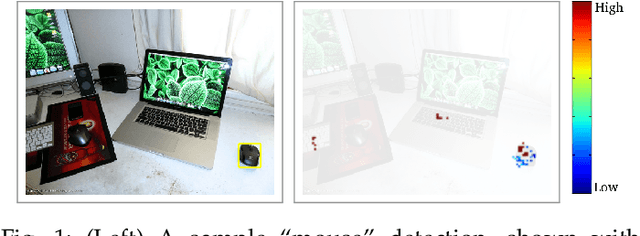
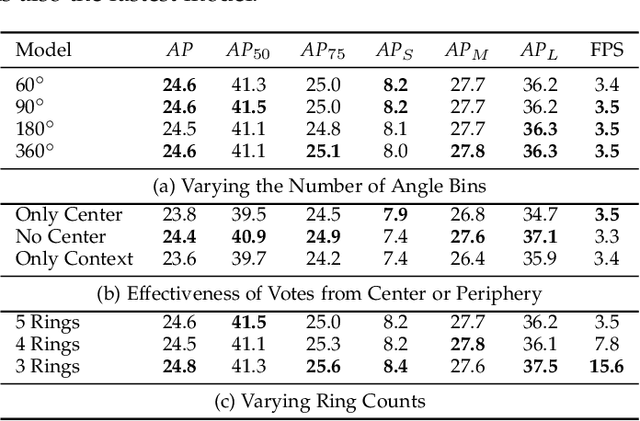


Abstract:This paper presents HoughNet, a one-stage, anchor-free, voting-based, bottom-up object detection method. Inspired by the Generalized Hough Transform, HoughNet determines the presence of an object at a certain location by the sum of the votes cast on that location. Votes are collected from both near and long-distance locations based on a log-polar vote field. Thanks to this voting mechanism, HoughNet is able to integrate both near and long-range, class-conditional evidence for visual recognition, thereby generalizing and enhancing current object detection methodology, which typically relies on only local evidence. On the COCO dataset, HoughNet's best model achieves $46.4$ $AP$ (and $65.1$ $AP_{50}$), performing on par with the state-of-the-art in bottom-up object detection and outperforming most major one-stage and two-stage methods. We further validate the effectiveness of our proposal in other visual detection tasks, namely, video object detection, instance segmentation, 3D object detection and keypoint detection for human pose estimation, and an additional ``labels to photo`` image generation task, where the integration of our voting module consistently improves performance in all cases. Code is available at \url{https://github.com/nerminsamet/houghnet}.
Adversarial Segmentation Loss for Sketch Colorization
Feb 11, 2021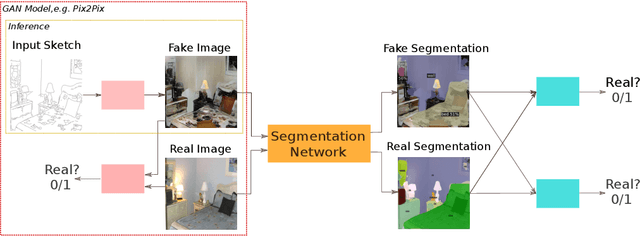

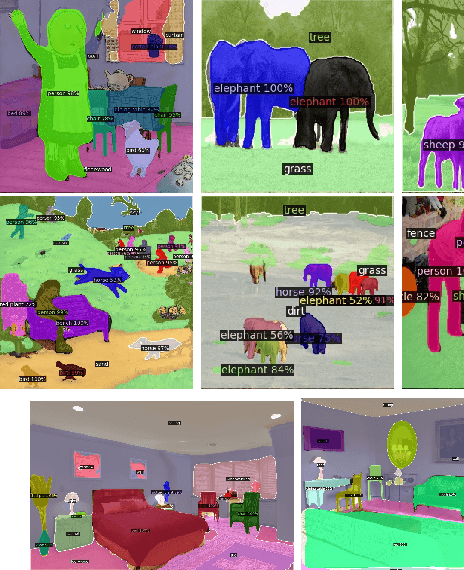
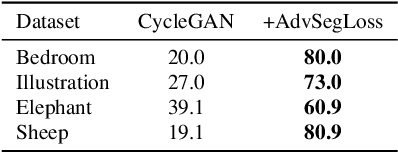
Abstract:We introduce a new method for generating color images from sketches or edge maps. Current methods either require some form of additional user-guidance or are limited to the "paired" translation approach. We argue that segmentation information could provide valuable guidance for sketch colorization. To this end, we propose to leverage semantic image segmentation, as provided by a general purpose panoptic segmentation network, to create an additional adversarial loss function. Our loss function can be integrated to any baseline GAN model. Our method is not limited to datasets that contain segmentation labels, and it can be trained for "unpaired" translation tasks. We show the effectiveness of our method on four different datasets spanning scene level indoor, outdoor, and children book illustration images using qualitative, quantitative and user study analysis. Our model improves its baseline up to 35 points on the FID metric. Our code and pretrained models can be found at https://github.com/giddyyupp/AdvSegLoss.
Reducing Label Noise in Anchor-Free Object Detection
Aug 13, 2020
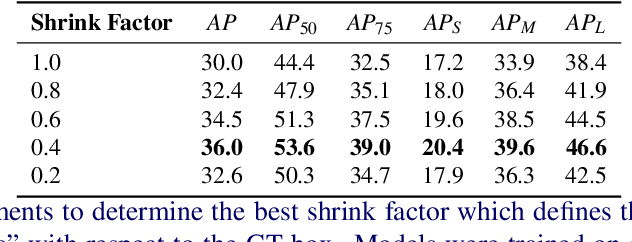

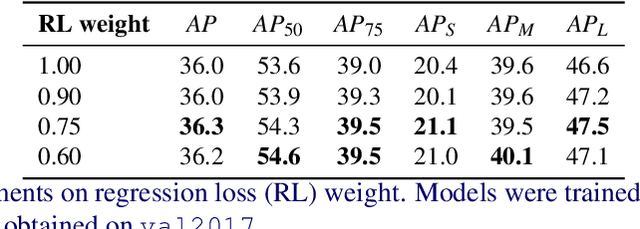
Abstract:Current anchor-free object detectors label all the features that spatially fall inside a predefined central region of a ground-truth box as positive. This approach causes label noise during training, since some of these positively labeled features may be on the background or an occluder object, or they are simply not discriminative features. In this paper, we propose a new labeling strategy aimed to reduce the label noise in anchor-free detectors. We sum-pool predictions stemming from individual features into a single prediction. This allows the model to reduce the contributions of non-discriminatory features during training. We develop a new one-stage, anchor-free object detector, PPDet, to employ this labeling strategy during training and a similar prediction pooling method during inference. On the COCO dataset, PPDet achieves the best performance among anchor-free top-down detectors and performs on-par with the other state-of-the-art methods. It also outperforms all major one-stage and two-stage methods in small object detection (${AP}_{S}$ $31.4$). Code is available at https://github.com/nerminsamet/ppdet
HoughNet: Integrating near and long-range evidence for bottom-up object detection
Jul 05, 2020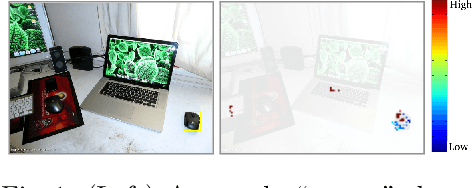
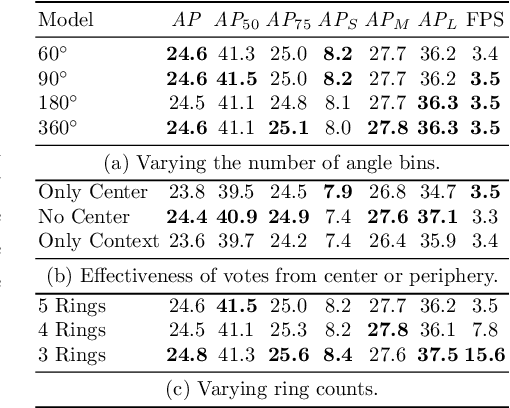

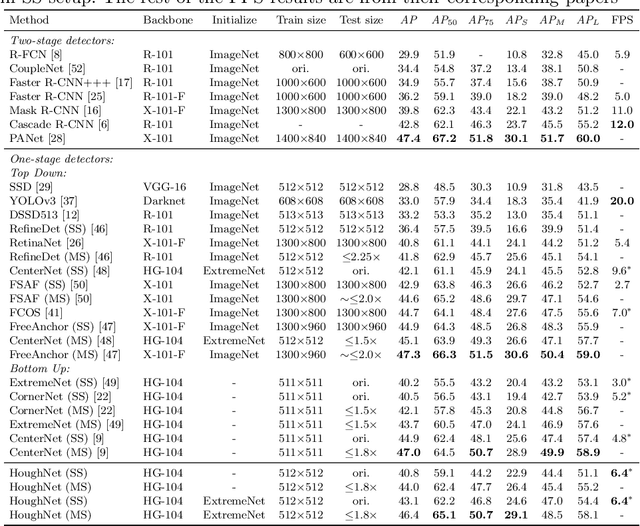
Abstract:This paper presents HoughNet, a one-stage, anchor-free, voting-based, bottom-up object detection method. Inspired by the Generalized Hough Transform, HoughNet determines the presence of an object at a certain location by the sum of the votes cast on that location. Votes are collected from both near and long-distance locations based on a log-polar vote field. Thanks to this voting mechanism, HoughNet is able to integrate both near and long-range, class-conditional evidence for visual recognition, thereby generalizing and enhancing current object detection methodology, which typically relies on only local evidence. On the COCO dataset, HoughNet achieves 46.4 AP (and 65.1 AP_50), performing on par with the state-of-the-art in bottom-up object detection and outperforming most major one-stage and two-stage methods. We further validate the effectiveness of our proposal in another task, namely, "labels to photo" image generation by integrating the voting module of HoughNet to two different GAN models and showing that the accuracy is significantly improved in both cases. Code is available at: https://github.com/nerminsamet/houghnet
GANILLA: Generative Adversarial Networks for Image to Illustration Translation
Feb 14, 2020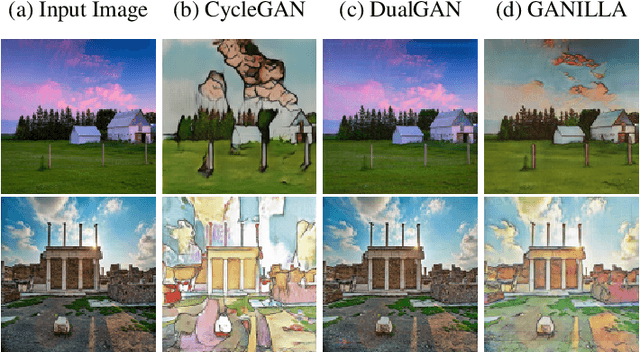



Abstract:In this paper, we explore illustrations in children's books as a new domain in unpaired image-to-image translation. We show that although the current state-of-the-art image-to-image translation models successfully transfer either the style or the content, they fail to transfer both at the same time. We propose a new generator network to address this issue and show that the resulting network strikes a better balance between style and content. There are no well-defined or agreed-upon evaluation metrics for unpaired image-to-image translation. So far, the success of image translation models has been based on subjective, qualitative visual comparison on a limited number of images. To address this problem, we propose a new framework for the quantitative evaluation of image-to-illustration models, where both content and style are taken into account using separate classifiers. In this new evaluation framework, our proposed model performs better than the current state-of-the-art models on the illustrations dataset. Our code and pretrained models can be found at https://github.com/giddyyupp/ganilla.
DRAW: Deep networks for Recognizing styles of Artists Who illustrate children's books
Apr 10, 2017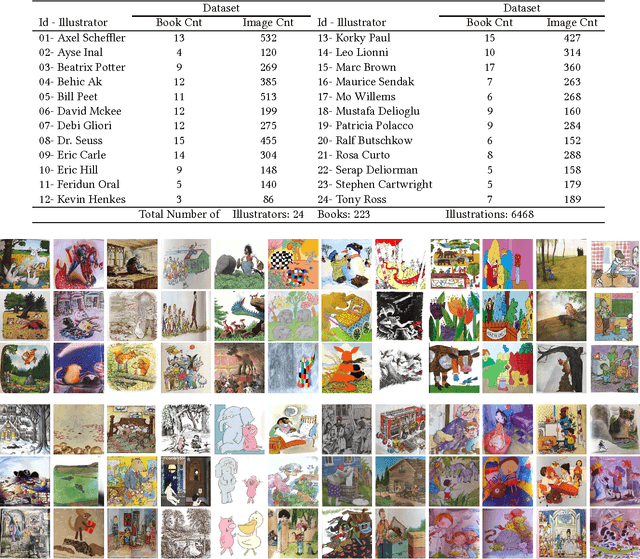
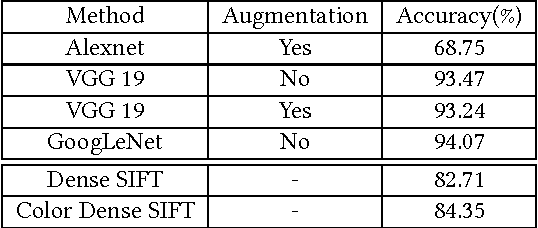
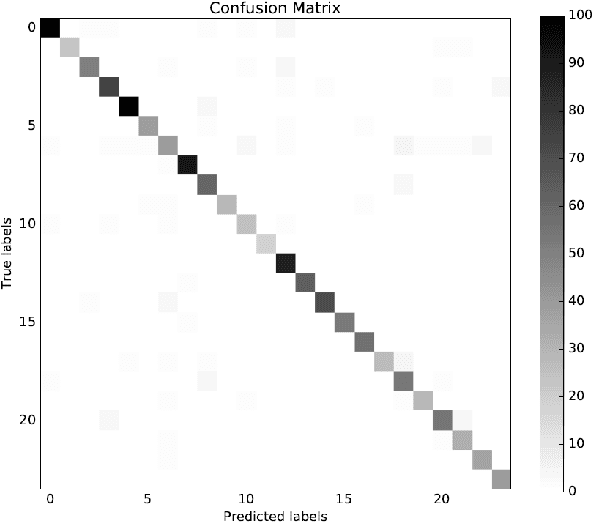
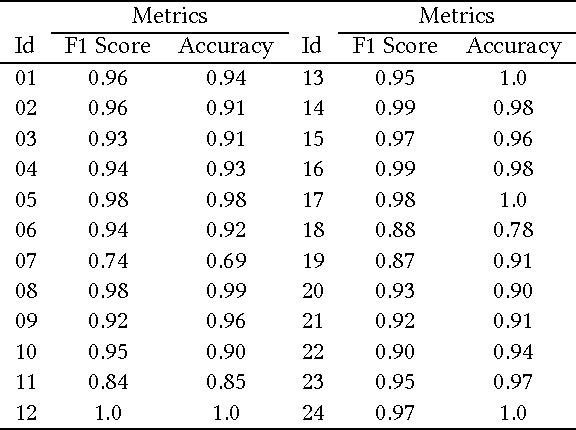
Abstract:This paper is motivated from a young boy's capability to recognize an illustrator's style in a totally different context. In the book "We are All Born Free" [1], composed of selected rights from the Universal Declaration of Human Rights interpreted by different illustrators, the boy was surprised to see a picture similar to the ones in the "Winnie the Witch" series drawn by Korky Paul (Figure 1). The style was noticeable in other characters of the same illustrator in different books as well. The capability of a child to easily spot the style was shown to be valid for other illustrators such as Axel Scheffler and Debi Gliori. The boy's enthusiasm let us to start the journey to explore the capabilities of machines to recognize the style of illustrators. We collected pages from children's books to construct a new illustrations dataset consisting of about 6500 pages from 24 artists. We exploited deep networks for categorizing illustrators and with around 94% classification performance our method over-performed the traditional methods by more than 10%. Going beyond categorization we explored transferring style. The classification performance on the transferred images has shown the ability of our system to capture the style. Furthermore, we discovered representative illustrations and discriminative stylistic elements.
 Add to Chrome
Add to Chrome Add to Firefox
Add to Firefox Add to Edge
Add to Edge